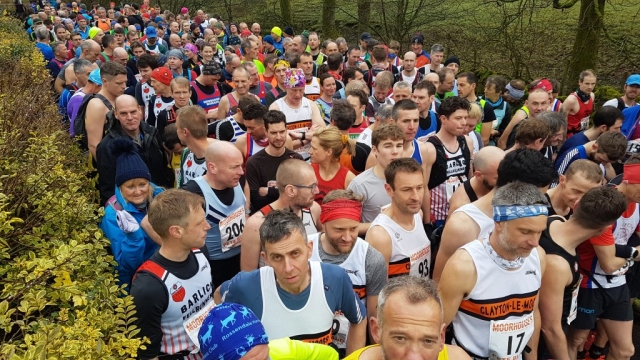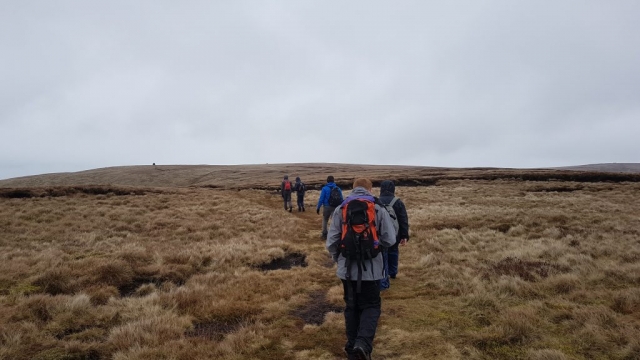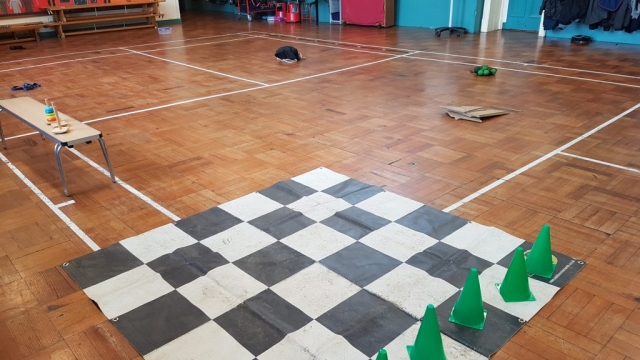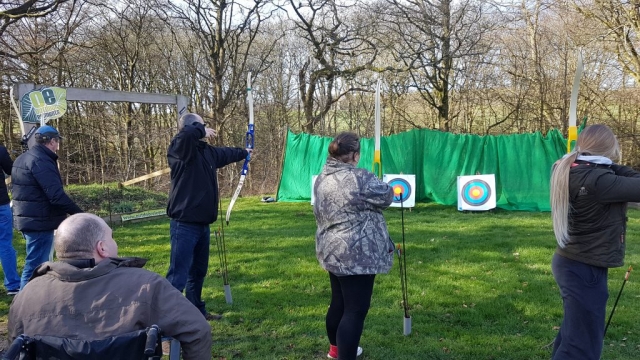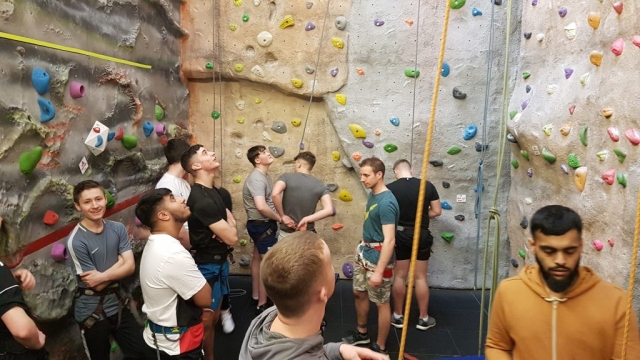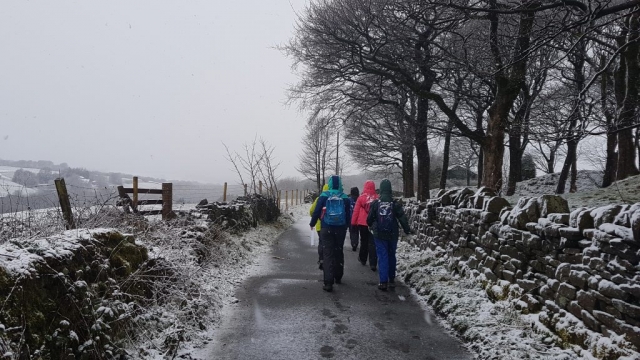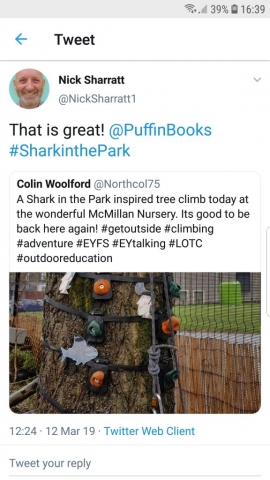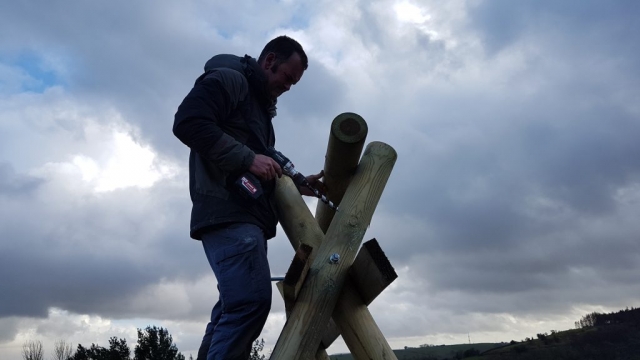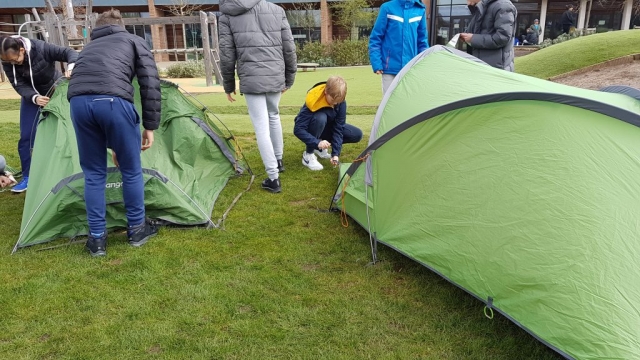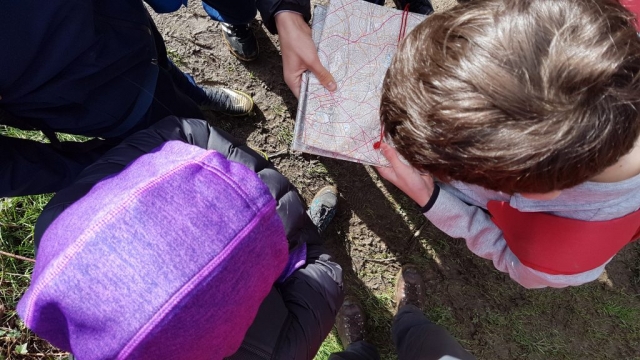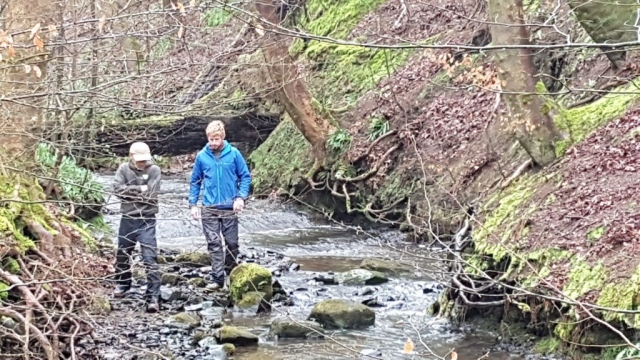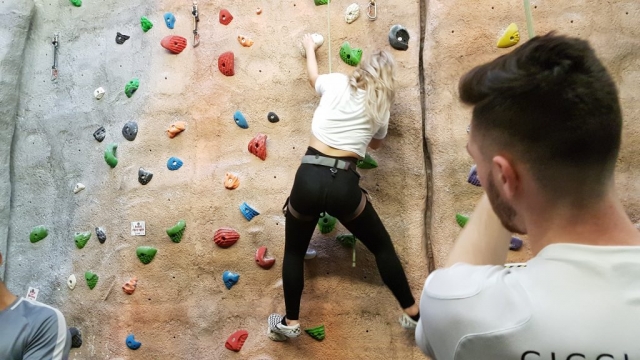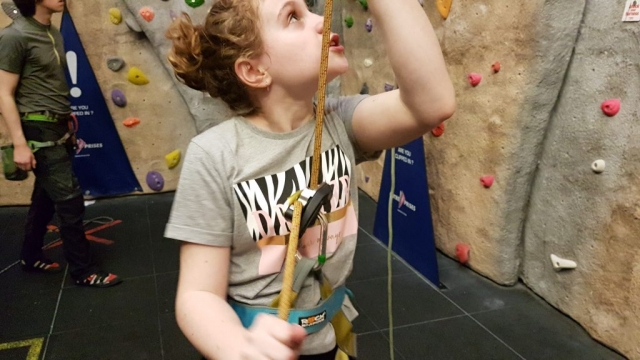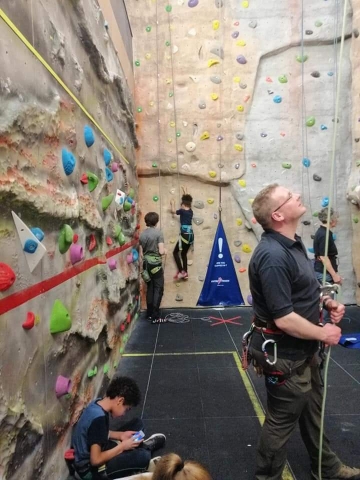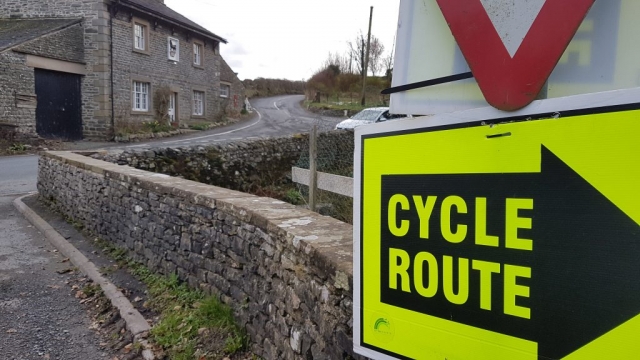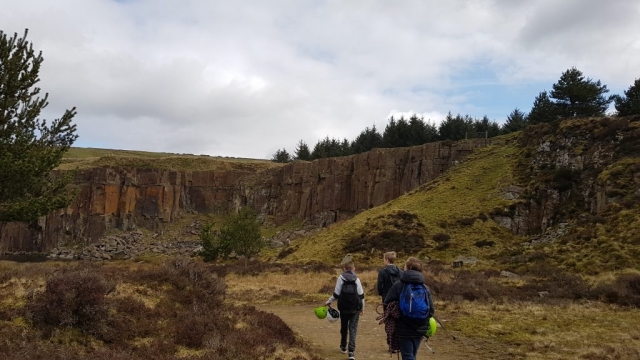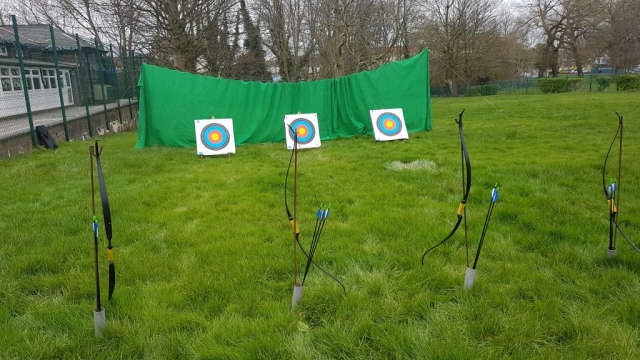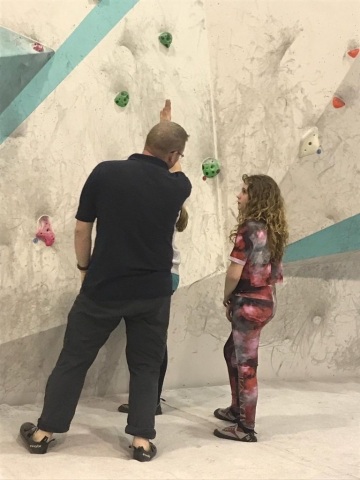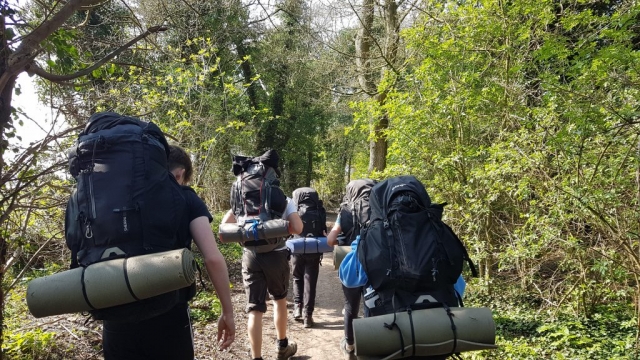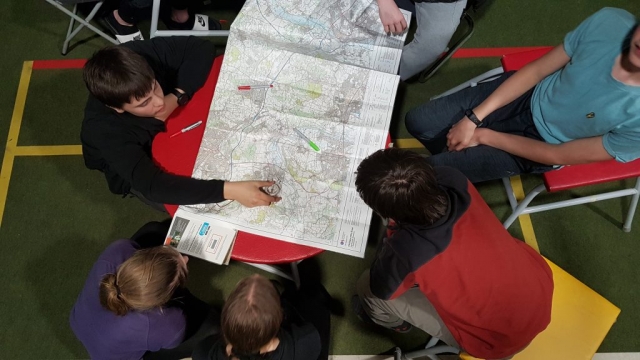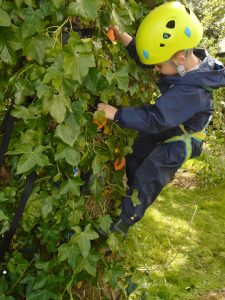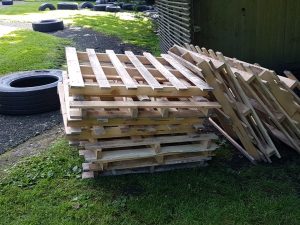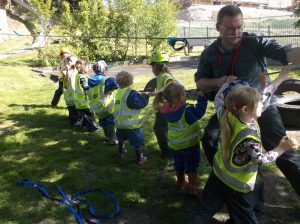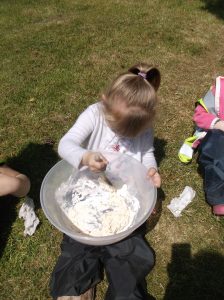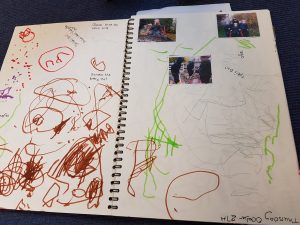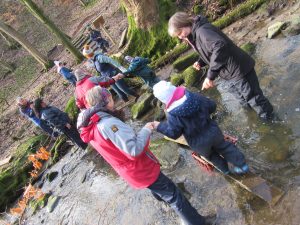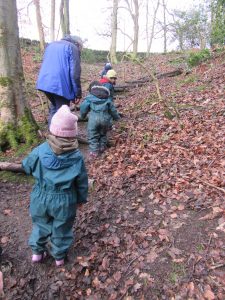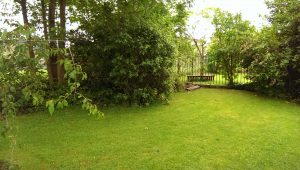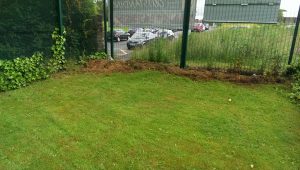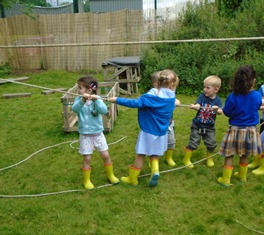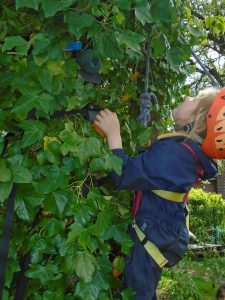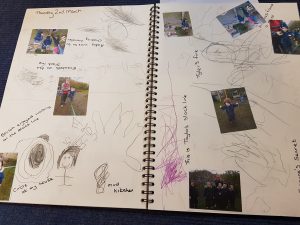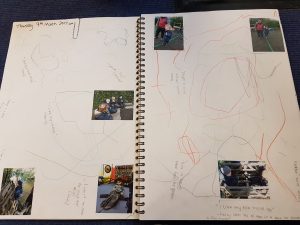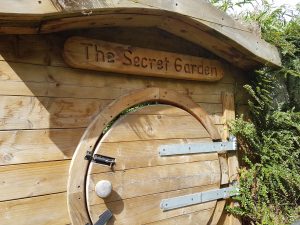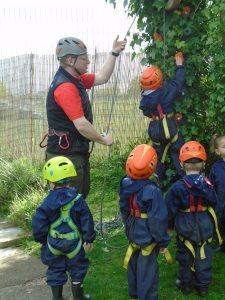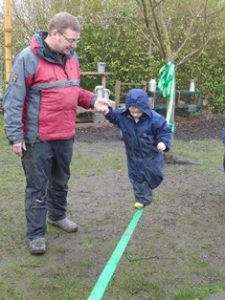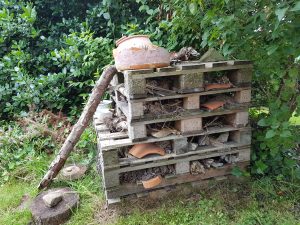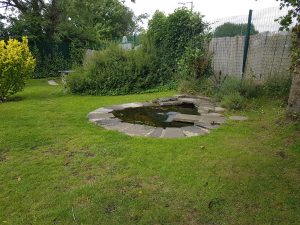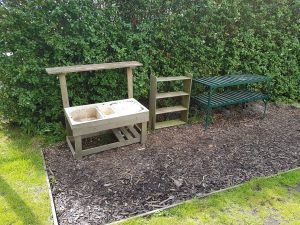Winter is a tough time in the outdoors world. Put simply, people don’t want to head outside. Its cold and wet invariably and as such opportunities to work are few and far between. Previous winters have seen me manage to secure regular work in Nursery Schools, however due to funding cuts those options are no longer available… but that’s a very political post for another time.
So the arrival of March and meteorological spring is a welcome one. March spells the return of Duke of Edinburgh Award season and its when the world starts to emerge from its winter slumber and wants to play outside.
My month started on March 1st getting ready for the Stan Bradshaw Pendle Round Fell Race, I’ve written about that before (here) suffice to say, this year was not weather afflicted and we could run the traditional route – which I publicly committed to changing to avoid difficulties with access on one particular farm. So that’s more work created for me then!
The race went well – 252 runners, a race record turnout with both mens and womens records being smashed by top three finishers in both categories! It really has been a dry winter….
The next day saw me joining a new (to me!) school, St Christophers, to support their DofE award efforts. As the qualified ML, I was supervising and training a Gold group over and around Pendle Hill. What a top bunch of lads they were. I hope to cross their paths again.
Week commencing the 4th took me to Outdoor Elements various primary schools and an Adult Employment Scheme undertaking some confidence building activities. I also worked for Climbing Services (Wall work, A-Level PE) and a rescheduled date at Taywood to zip line with some three and four year olds. The weekend came and I took my son bouldering and on the Sunday more St Christophers DofE, this time a silver practice day. Another great group, well drilled and keen to learn.
The 11th March began with some OE work in a Primary school in Rochdale – team challenges for the second day of two. Into McMillan Nursery in Nelson on Tuesday for the first of two and half days over two weeks – great to be back here after a three year hiatus! Although I have worked with them in in local centres since then, was lovely seeing and catching up with the staff of this great nursery. I was working with the McMillan team when my son was born and as such they remain close to me. We were tree climbing and basing a session around a core book the nursery use – “Shark in the Park” by Nick Sharratt. This happened!
More Climbing Services wall work and WAVE Adventure on Wednesday evening, with the first week of a new ten week block of activities with regular children and parents supported by BBC Children in Need. Thursday involved some site work at Whitehough, building some new facilities for groups this summer. Friday was a day off with Mrs Northcol, before heading to Warrington to spend the night on a trading estate awaiting a 5.30 am departure for London to work for Challenge Expeditions at a posh school in London – more DofE training. Home late Sunday night, back to McMillan Monday morning.
OE on the Tuesday. Wednesday will live long in the memory- the morning at McMillan, the afternoon the last Climbing Services A-Level session, Wednesday evening with WAVE… Thursday Friday off… pheww!
Saturday saw me doing some safety marshaling for Outdoor Angels and T2 Events. Good to see Tasha back in the game. Although out from early and out till late afternoon supporting a sportive it was a fairly quiet day, with one cut finger to mend and one mechanical issue to pick up. Being run from Mill Yard in Staveley allowed me to visit one of my favorite bakeries and breweries 🙂 on the way home
The Last week of the month began working for Outdoor Elements, Firstly on site and then on Tuesday off site climbing with a regular group of children with complex needs. Wednesday was off site again, this time to a Primary School in Manchester who book an archery day for the school. Years one to six all come an have a go and shoot 6 arrows! Thats 960 arrows plus staff and my demonstration arrows and a bit of shooting for fun. I estimate over 1000 arrows were shot that day. It doesn’t half make your hands sore!. Thursday was a drive down south to work the weekend for Sam Sykes Ltd (DofE) at a posh school in Maidenhead, which by happy chance is just up the road from some very good friends, so I arranged to see them Thursday evening and catch up. The weekends training and practice expeditions was brilliant – a really good group, keen and eager to learn and who were all capable. If only it could always be thus!
I got home Sunday evening after an uneventful drive home. Roll on April….

